Woad Propagation Methods: Tips For Growing New Woad Plants
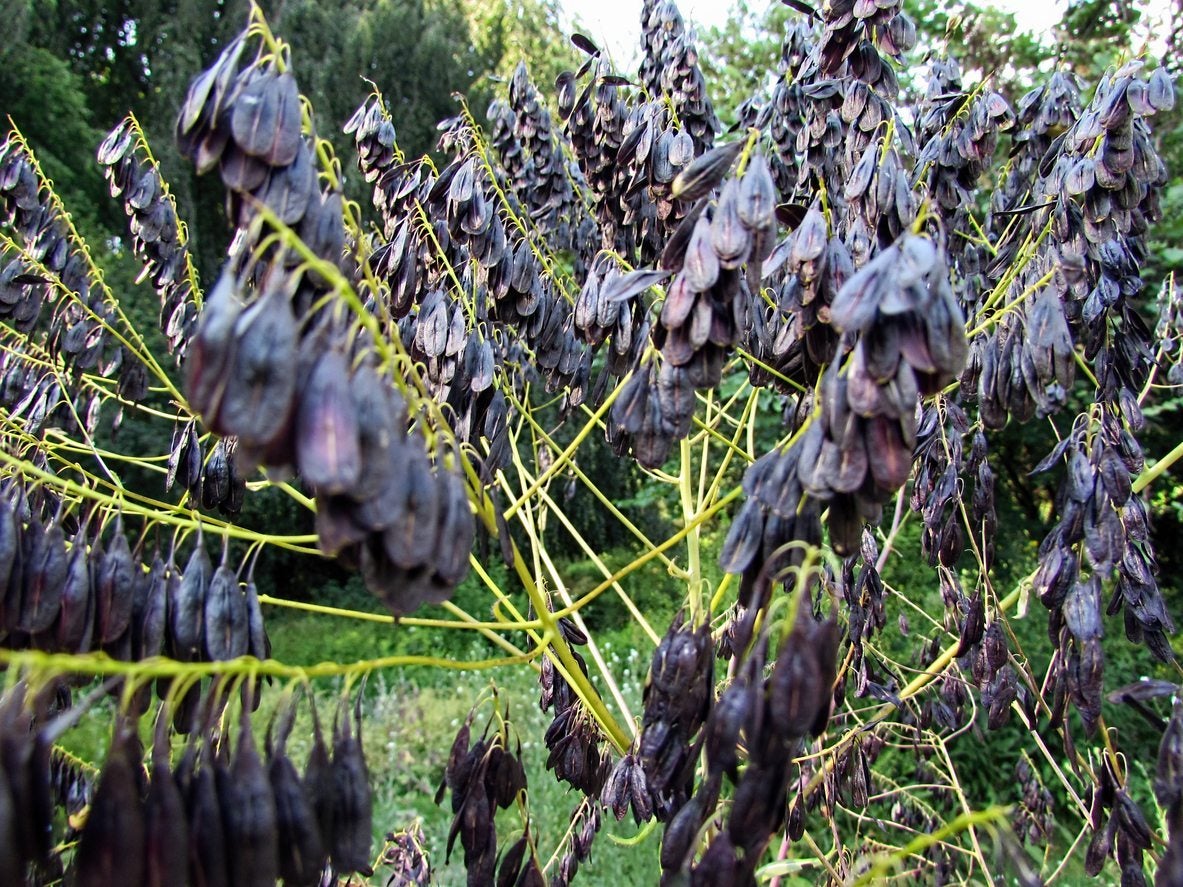

Dyer's woad is a plant that is popular for its ability to be used as a natural blue fabric dye. It’s considered a noxious weed in some parts of the world, so you should check to make sure it’s okay to grow in your area before planting. If it is safe, however, there remains one big question: how do you go about propagating woad plants? Keep reading to learn more about how to propagate woad.
Woad Plant Reproduction Methods
If you are looking to start dyer’s woad for the first time, there’s really only one tried and true method – sowing seeds. Woad seeds are really only viable for one year, so make sure you get fresh seeds. The seed pods contain a natural chemical that inhibits germination and washes away in the rain. This allows them to hold off on sprouting until conditions are wet enough to encourage good growth. You can replicate these conditions and wash away the chemicals by soaking your seeds overnight before planting. Woad seeds can either be sown outdoors or started inside before planting out. The plants are relatively cold hardy, so you don’t need to wait until the last frost. Cover the seeds lightly with soil and water thoroughly. The plants should be spaced about one foot (30.5 cm.) apart.
Propagating Woad Plants Already Established
Once you have planted woad, you will probably never have to plant it again. Natural woad plant reproduction occurs through self-seeding, and it’s the reason woad can’t be planted in certain parts of the U.S. The plants produce thousands of seeds, and new plants will almost always come up in the same spot every year. The seed pods can also be collected in late summer or fall and saved to plant again elsewhere in the spring. And that’s all there is to growing new woad plants.
Gardening tips, videos, info and more delivered right to your inbox!
Sign up for the Gardening Know How newsletter today and receive a free copy of our e-book "How to Grow Delicious Tomatoes".

The only child of a horticulturist and an English teacher, Liz Baessler was destined to become a gardening editor. She has been with Gardening Know how since 2015, and a Senior Editor since 2020. She holds a BA in English from Brandeis University and an MA in English from the University of Geneva, Switzerland. After years of gardening in containers and community garden plots, she finally has a backyard of her own, which she is systematically filling with vegetables and flowers.
-
 Moody Blooms For Spring: 8 Types Of Black Flowers To Add Drama To Spring Displays
Moody Blooms For Spring: 8 Types Of Black Flowers To Add Drama To Spring DisplaysFrom midnight burgundies to inky violets, several types of black flowers can enrich and embolden a spring display. Try these brooding bloomers for a moody garden
By Tonya Barnett
-
 My Homemade Orchid Fertilizer Always Brings More Blooms – Here's The Easy Recipe That Transforms Plants
My Homemade Orchid Fertilizer Always Brings More Blooms – Here's The Easy Recipe That Transforms PlantsScientist-turned-gardener Mary Ellen Ellis shares her tried-and-tested DIY orchid fertilizer recipe, plus more ingredients to try for healthy, happy plants.
By Mary Ellen Ellis
-
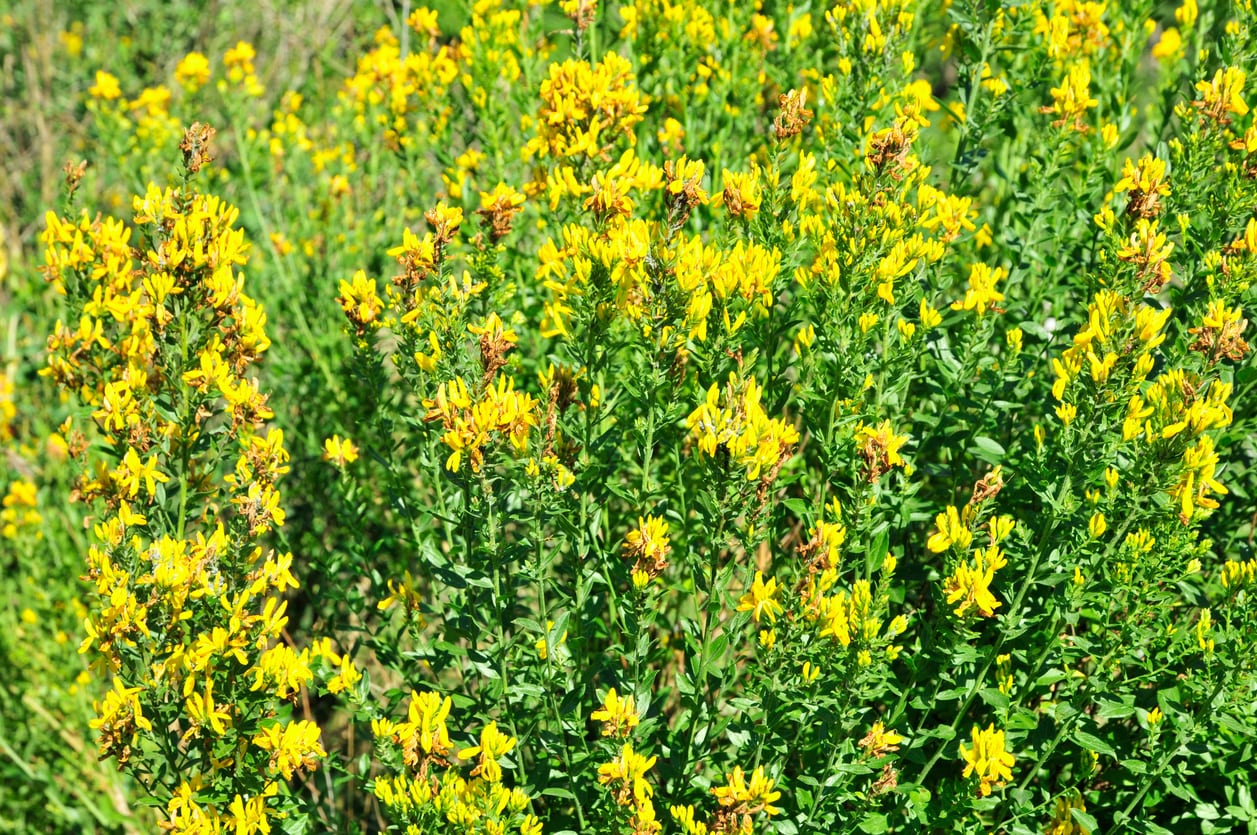 Is Woad A Weed – How To Kill Woad Plants In Your Garden
Is Woad A Weed – How To Kill Woad Plants In Your GardenThe woad plant is now naturalized in much of North America, although it is native to Europe. Is woad a weed? That depends upon your definition of a weed. If you need help getting rid of woad, then this article may help. Click here to learn more.
By Bonnie L. Grant
-
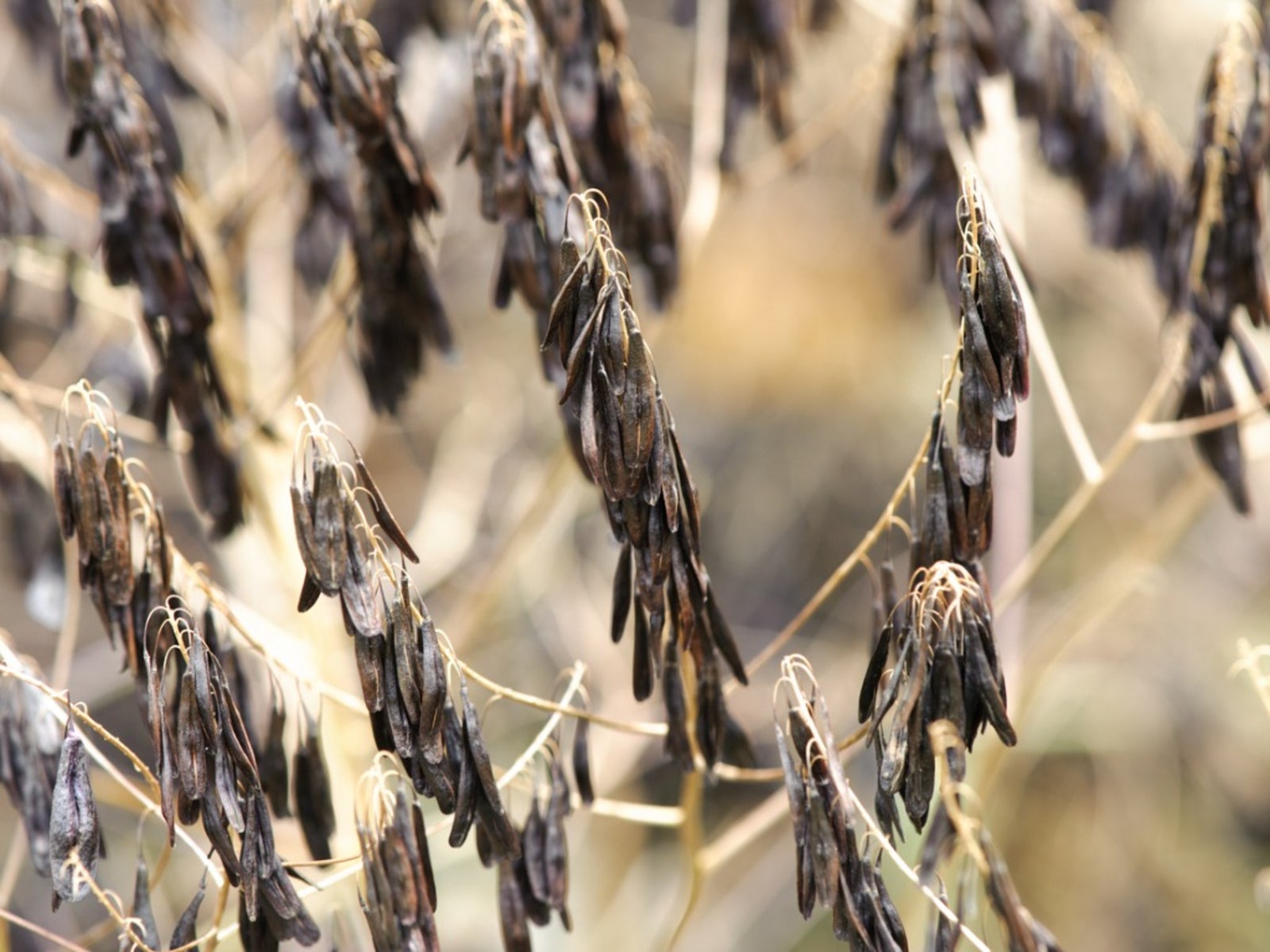 How To Plant Woad Seeds – Planting Woad Seeds In The Garden
How To Plant Woad Seeds – Planting Woad Seeds In The GardenWoad is not only a useful plant for dye, it also has a lovely, classic wildflower look, with clusters of yellow flowers followed by decorative blue-black seed clusters. To learn how to plant woad seeds in your own wildflower garden, click on the following article.
By Darcy Larum
-
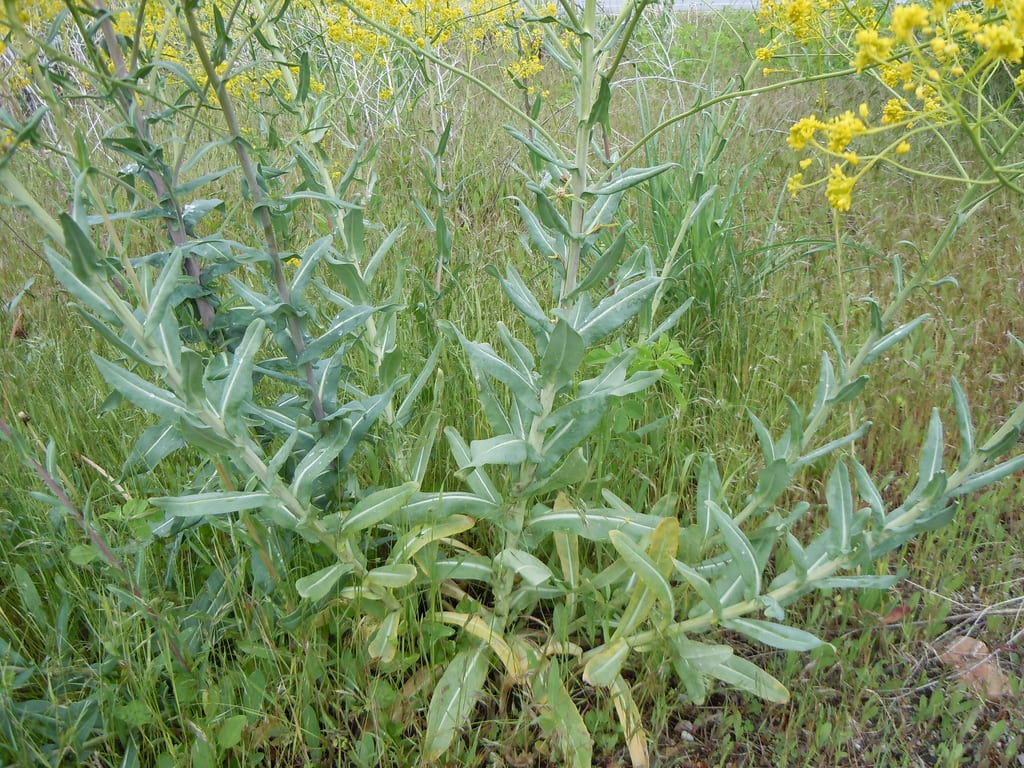 Woad Leaf Harvesting – How To Pick Woad Leaves For Dyeing
Woad Leaf Harvesting – How To Pick Woad Leaves For DyeingIt may not look like it, but in its plain looking green leaves there?s a very effective blue dye hiding. If you?ve already planted dyer?s woad, the next step in the process is harvesting the leaves. Learn more about when and how to pick woad leaves for dyeing in this article.
By Liz Baessler
-
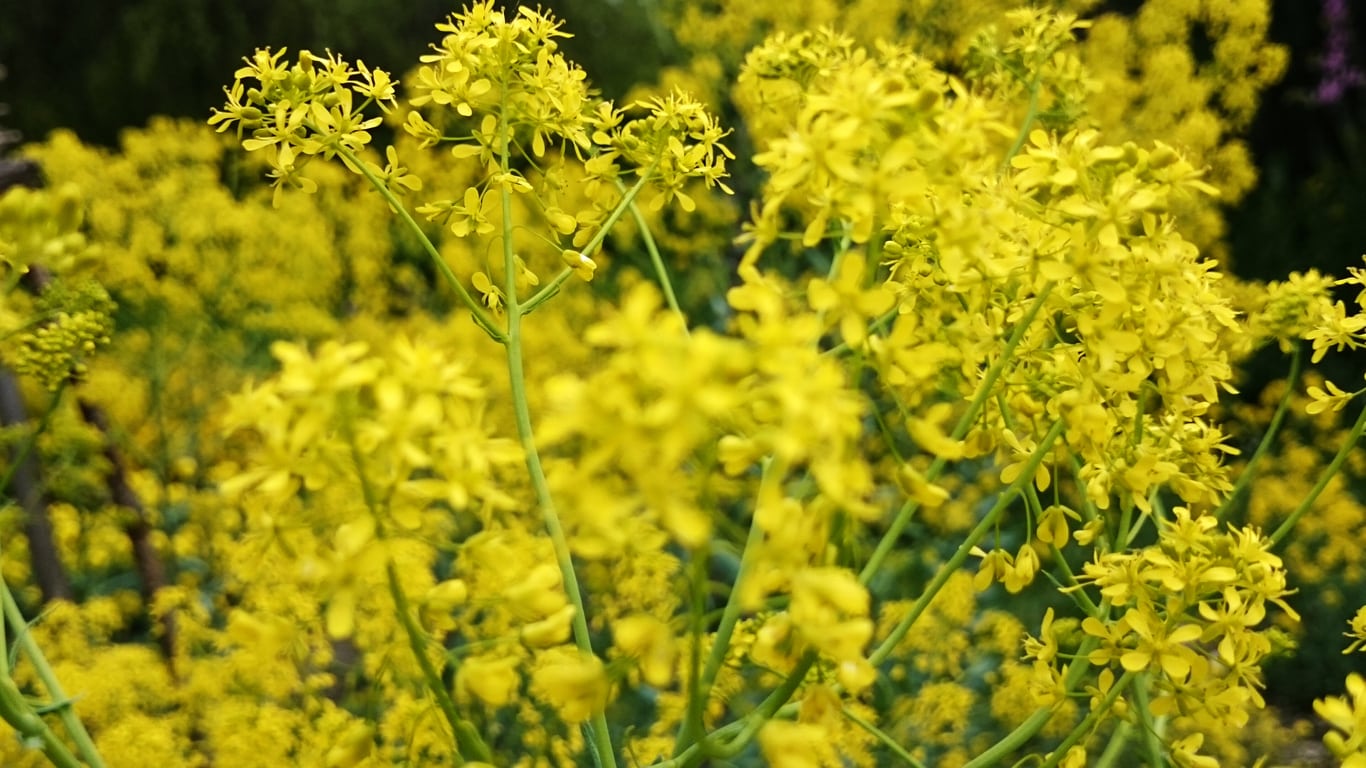 Woad Uses Beyond Dye: What Can Woad Be Used For In The Garden
Woad Uses Beyond Dye: What Can Woad Be Used For In The GardenThe uses of woad, for more than dyeing, are surprisingly plenty. Since ancient times, people have had many medicinal uses for woad, from treating a fever to healing lung infections and the measles and mumps viruses. Learn more in this article.
By Mary Ellen Ellis
-
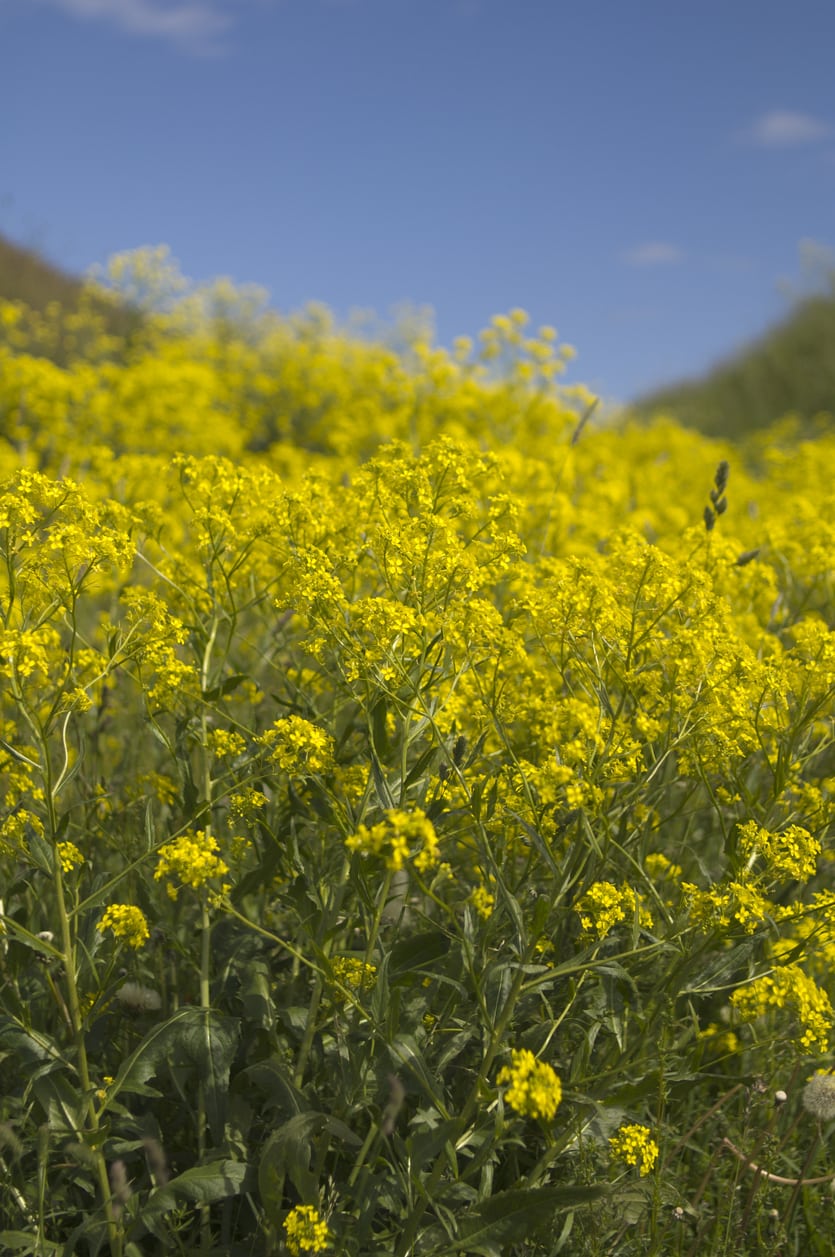 Dyeing With Woad – How To Get Dye From Woad Plants
Dyeing With Woad – How To Get Dye From Woad PlantsExtracting dye from woad takes a little practice, but it is worth it. When prepared properly, dye from woad results in a sky blue. You must follow all instructions for making woad dye or you might end up with greenish yellow tones. This article can help get you started.
By Bonnie L. Grant
-
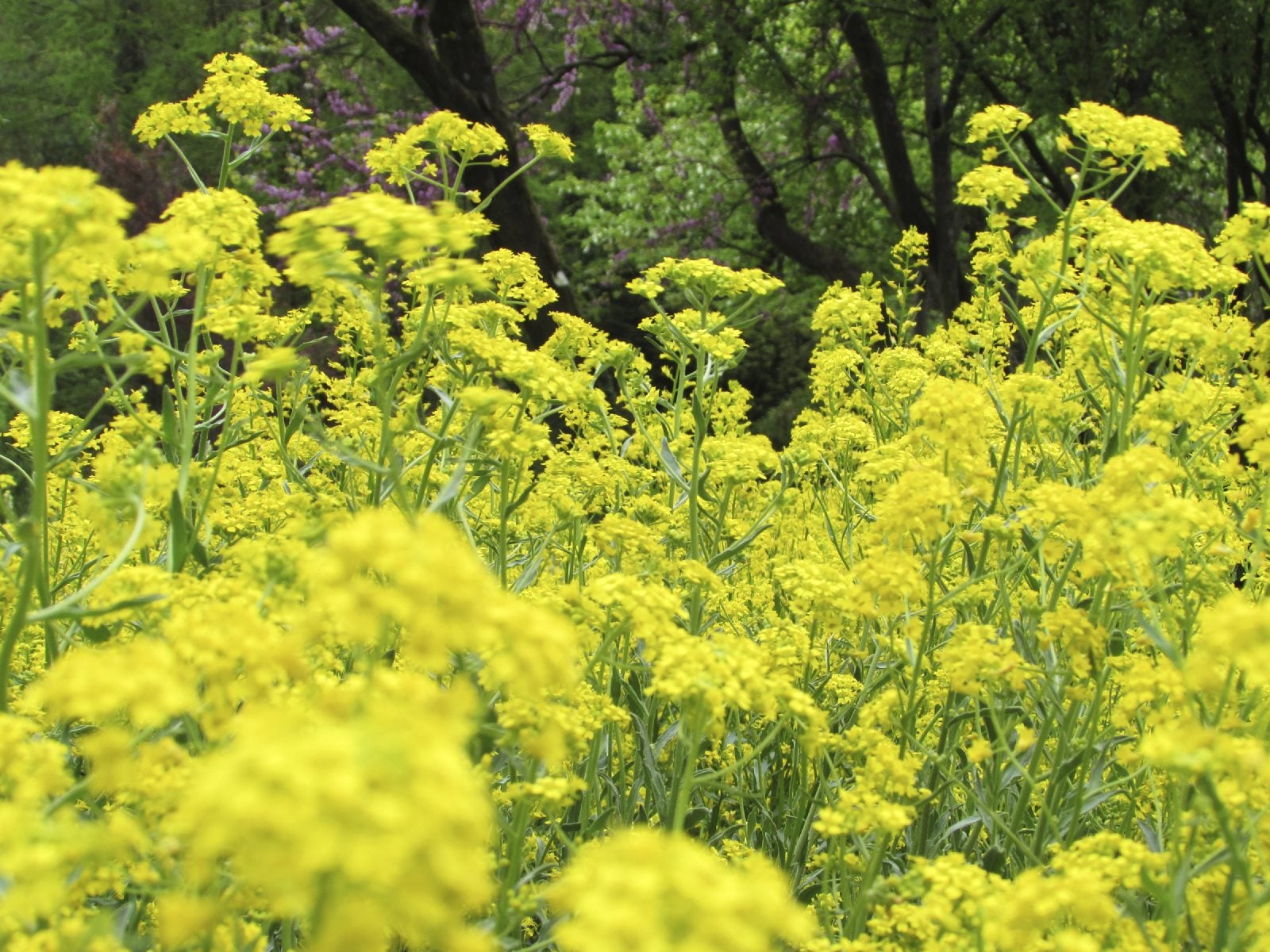 Woad Plant Care: Tips On Using Woad Plant Dyes
Woad Plant Care: Tips On Using Woad Plant DyesEastern Indian merchants began to introduce indigo to Europe where woad was the preferred dye. What is a woad plant and what other interesting information can we dig up? Is there a difference between indigo and woad plant dyes? Find out here.
By Amy Grant